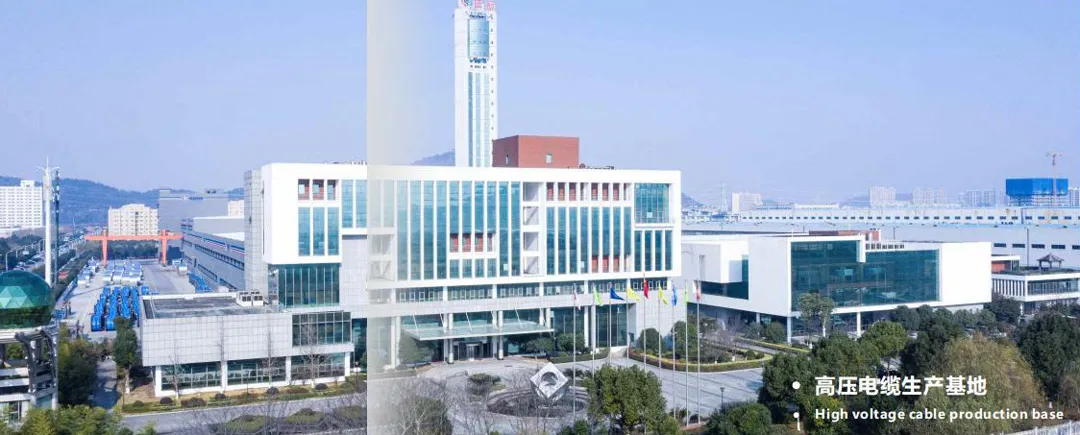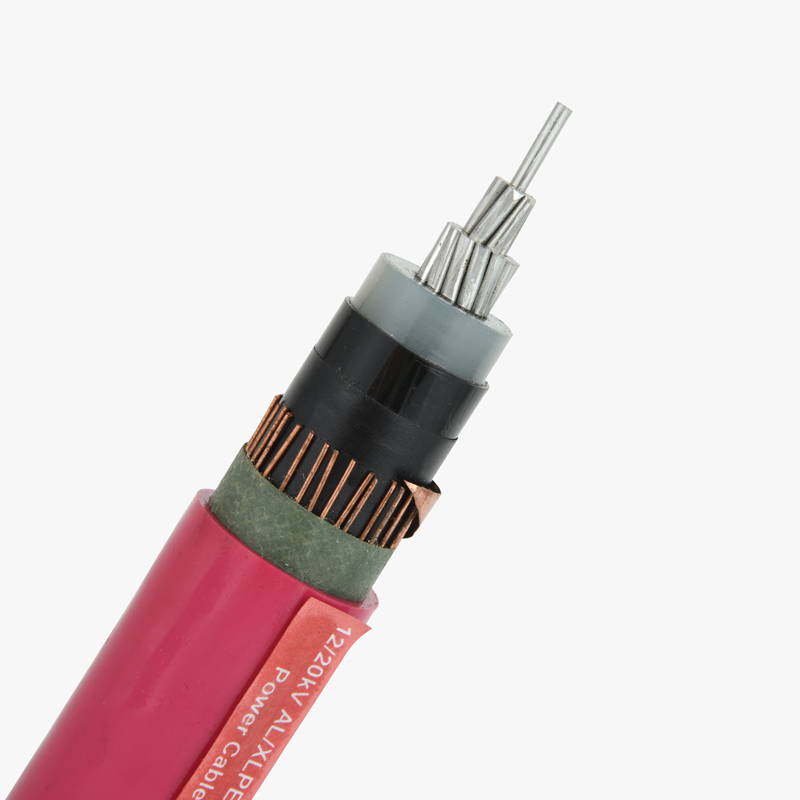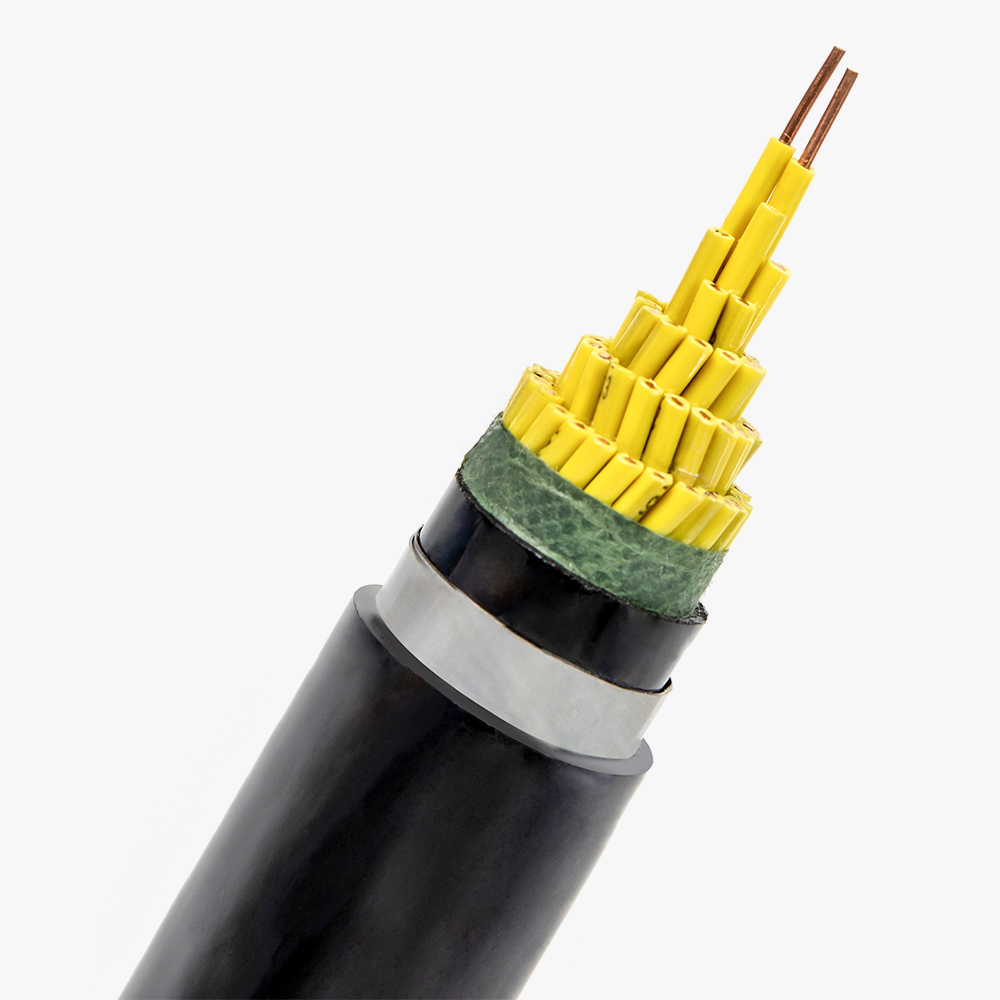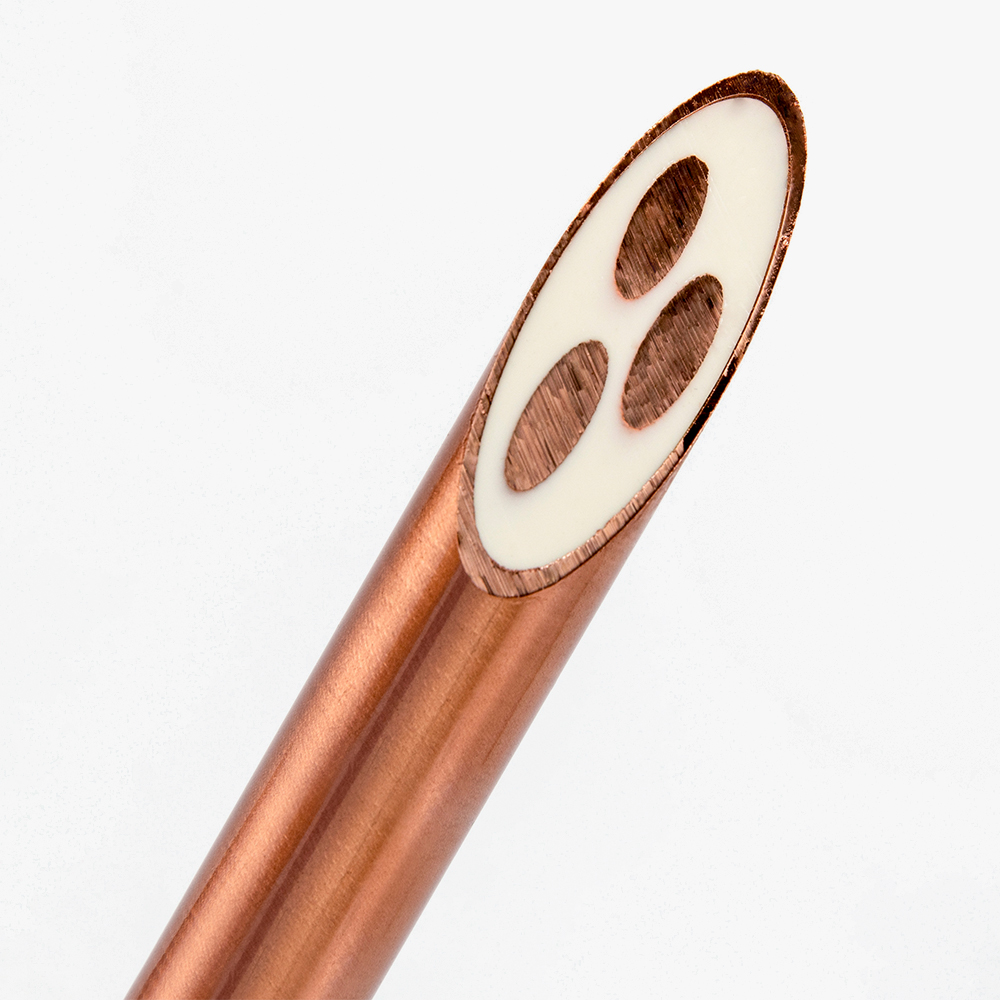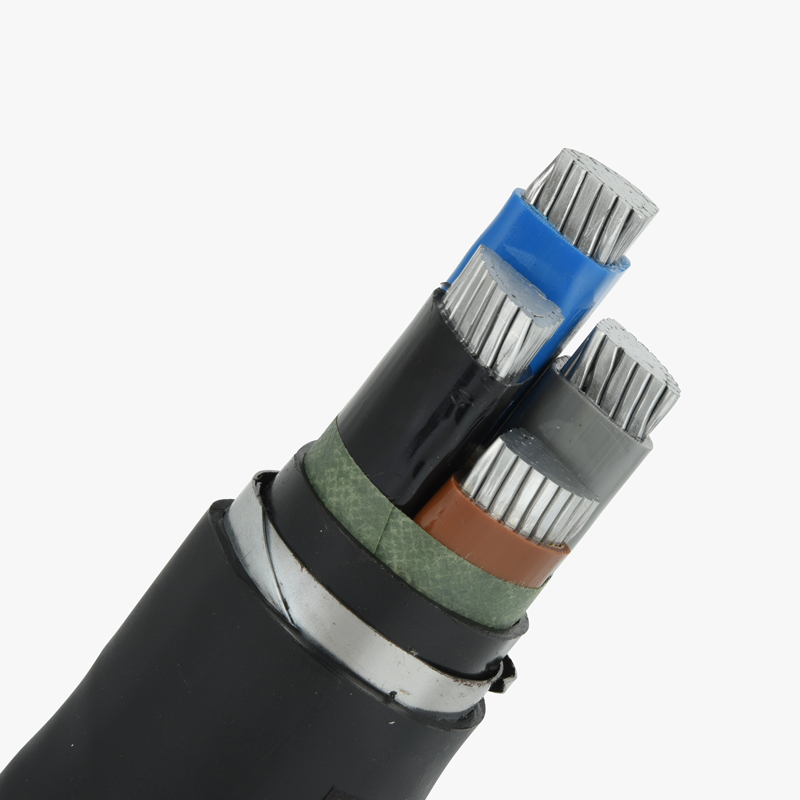Are you struggling to select the right high voltage cable for your project? Poor cable selection can lead to system failures, safety hazards, and costly repairs. Trusting experienced high voltage cable manufacturers ensures you get the right cable that meets specifications and standards.
Continue reading to explore the different types of high voltage cables, their specifications, and applications, so you can make an informed decision for your project.
What Are High Voltage Cables?
High voltage cables are specifically designed to transmit electrical power at voltages exceeding 1 kV. These cables are essential for powering large systems, from electrical grids to industrial machinery and transportation networks. High voltage cables must meet stringent safety standards and are used in both alternating current (AC) and direct current (DC) systems. Depending on the application, high voltage cables come in various designs and insulation types to ensure the safe and efficient transmission of electricity over long distances.
Types of High Voltage Cables
High Voltage AC Cable
High voltage AC cables are the most common type used in power transmission lines. These cables are designed to carry alternating current (AC) electricity over long distances. AC cables are usually constructed with multiple layers of insulation to prevent leakage and damage, especially in outdoor environments. The specifications of high voltage AC cables often include:
- Voltage Rating: Typically rated for voltages up to 500 kV, but special cables can handle higher voltages.
- Insulation: These cables are usually insulated with materials like cross-linked polyethylene (XLPE) or paper, depending on the environment and temperature tolerance.
- Conductors: Made from copper or aluminum to ensure efficient conductivity over long distances.
High Voltage DC Cable
High voltage direct current (HVDC) cables are designed to transmit electricity using direct current (DC) rather than alternating current (AC). HVDC technology is particularly useful for long-distance, high-capacity power transmission as it reduces energy loss compared to AC systems. These cables are often used in specialized projects like intercontinental power grids and renewable energy projects such as offshore wind farms. Key features of high voltage DC cables include:
- Lower Transmission Loss: HVDC cables are ideal for transmitting power over large distances with less energy loss than AC systems.
- Insulation: These cables often have a solid insulation layer, typically made from materials like polyethylene or XLPE, to withstand high voltages and environmental conditions.
- Conversion Stations: HVDC systems require conversion stations at both ends of the transmission line to convert AC to DC and vice versa.
Applications of High Voltage Cables
High Voltage Underground Cables
High voltage underground cables are used primarily in urban settings and areas where overhead power lines are not feasible due to environmental, aesthetic, or safety concerns. These cables are essential for preventing electrical outages caused by weather conditions, such as storms or high winds, which can affect overhead lines. Key considerations for underground high voltage cables include:
- Durability: Underground cables are built to withstand harsh environmental conditions, such as moisture and temperature variations.
- Space Efficiency: These cables take up less space and do not interfere with the surrounding environment.
- Insulation and Shielding: Underground cables typically have enhanced insulation to protect against physical damage and reduce the risk of short circuits.
High Voltage Cables for Industrial Use
High voltage cables are used in a wide range of industrial applications, including power plants, manufacturing facilities, and heavy machinery. These cables are necessary to ensure the safe and efficient distribution of electrical power to large machines and systems that require substantial electrical energy. Industrial high voltage cables often need to meet rigorous specifications for heat resistance, mechanical strength, and safety features. Some important characteristics include:
- Fire-Resistant Materials: Many industrial cables are made from fire-resistant materials to prevent fire hazards in high-risk areas.
- Heavy-Duty Insulation: Thick insulation and robust outer jackets protect these cables from mechanical damage and environmental conditions.
- Voltage Levels: High voltage industrial cables typically carry voltages from 15 kV to over 100 kV depending on the application.
How Do High Voltage Cables Ensure Safety?
Safety is one of the most critical considerations when selecting high voltage cables. High voltage cables are designed with multiple layers of insulation, grounding, and protective coatings to ensure the safe transmission of electrical power. These cables are engineered to prevent electrical leakage, short circuits, and damage from external factors like moisture or temperature fluctuations. Some important safety features include:
- Insulation: Proper insulation material is essential to prevent electrical accidents. Materials like XLPE and rubber are commonly used for their excellent insulating properties.
- Shielding: Shielding layers protect cables from electromagnetic interference and external physical damage, ensuring safe operation.
- Grounding: Effective grounding techniques prevent potential electrical shock hazards by redirecting excess electricity safely to the ground.
What to Consider When Choosing High Voltage Cables?
When selecting high voltage cables for your project, it’s important to consider several factors to ensure you choose the right cable for your specific application. Some key considerations include:
- Voltage Requirements: Ensure the cable can handle the required voltage levels for your project.
- Environmental Conditions: Consider factors such as moisture, temperature, and potential for physical damage when choosing insulation and shielding materials.
- Safety Standards: Ensure the cables meet industry safety standards for your region or project type.
- Manufacturer Reputation: Work with reputable high voltage cable manufacturers who offer reliable and certified products.
Summary
Choosing the right high voltage cable depends on factors such as voltage levels, environmental conditions, and safety requirements. Working with trusted manufacturers ensures the safe, efficient, and reliable transmission of electrical power for your projects.
About Qrunning
Qrunning is a professional engaged in wire and cable research & development, production, sales and service enterprises.The main products are three series of wires and cables of 500kV and below.Qrunning started in 1990 and entered the top 50 of China’s cable industry in 2015.Dedicated high-voltage cable production base established in 2011.
